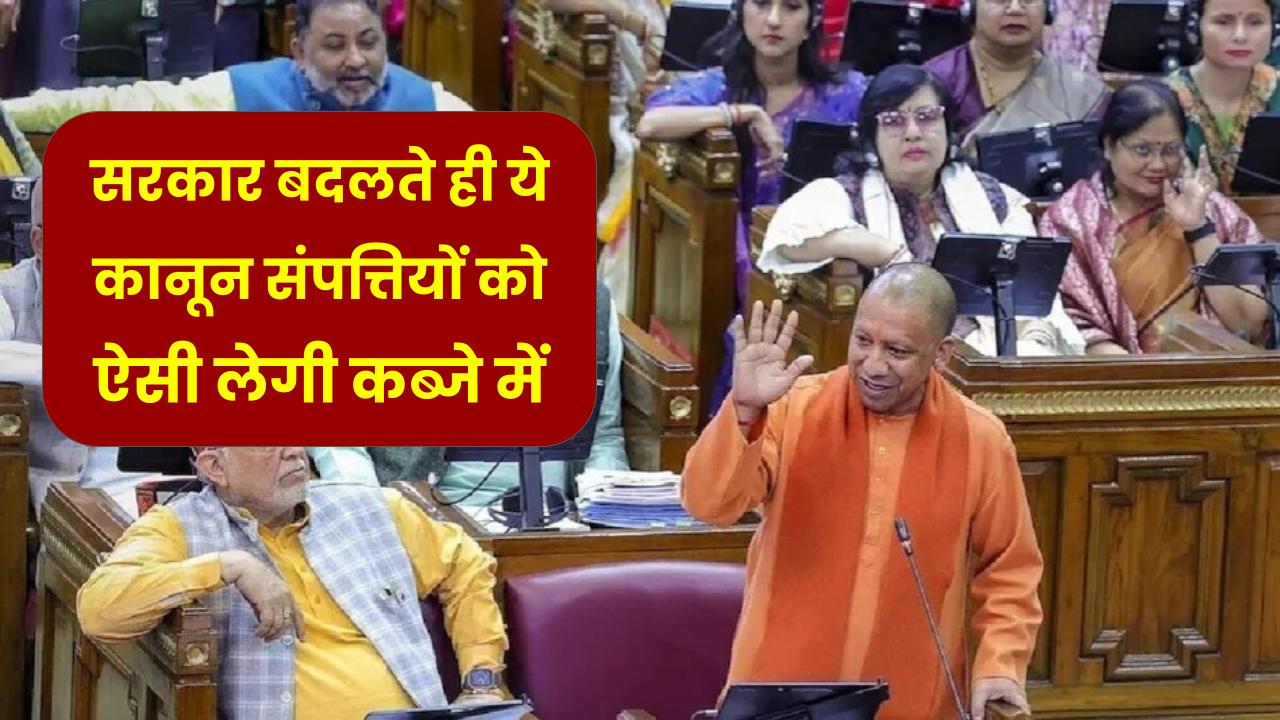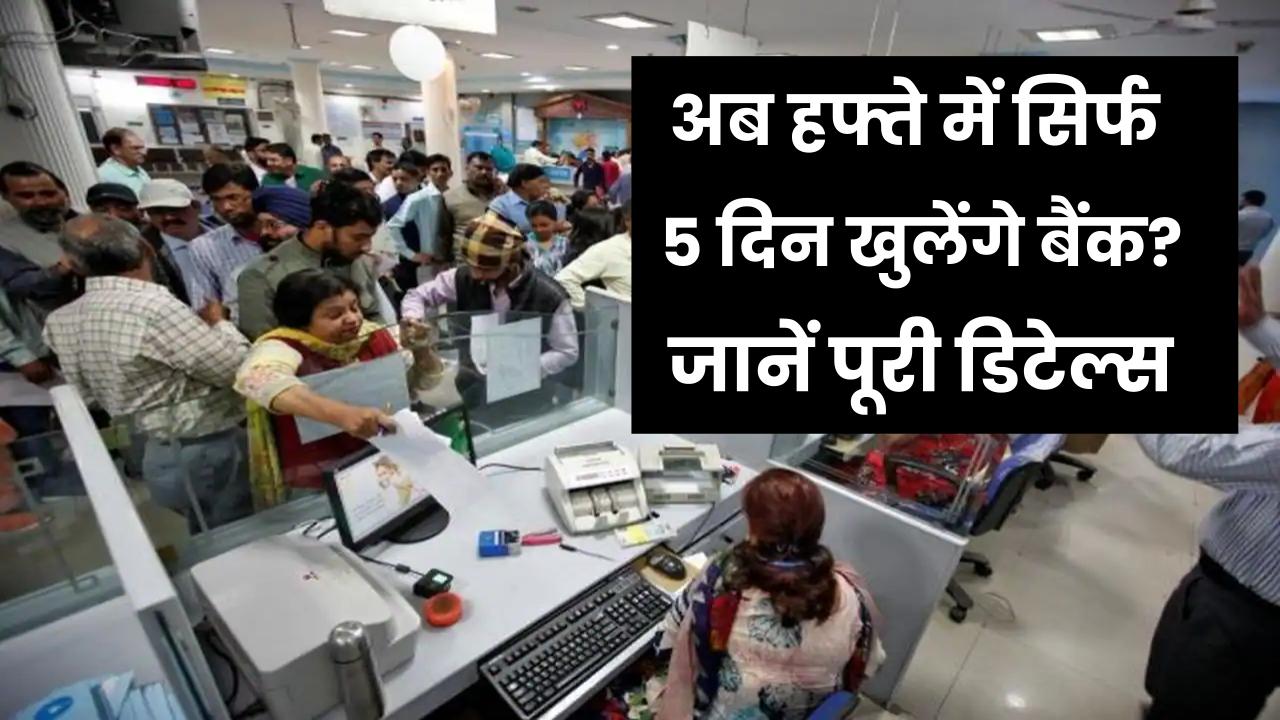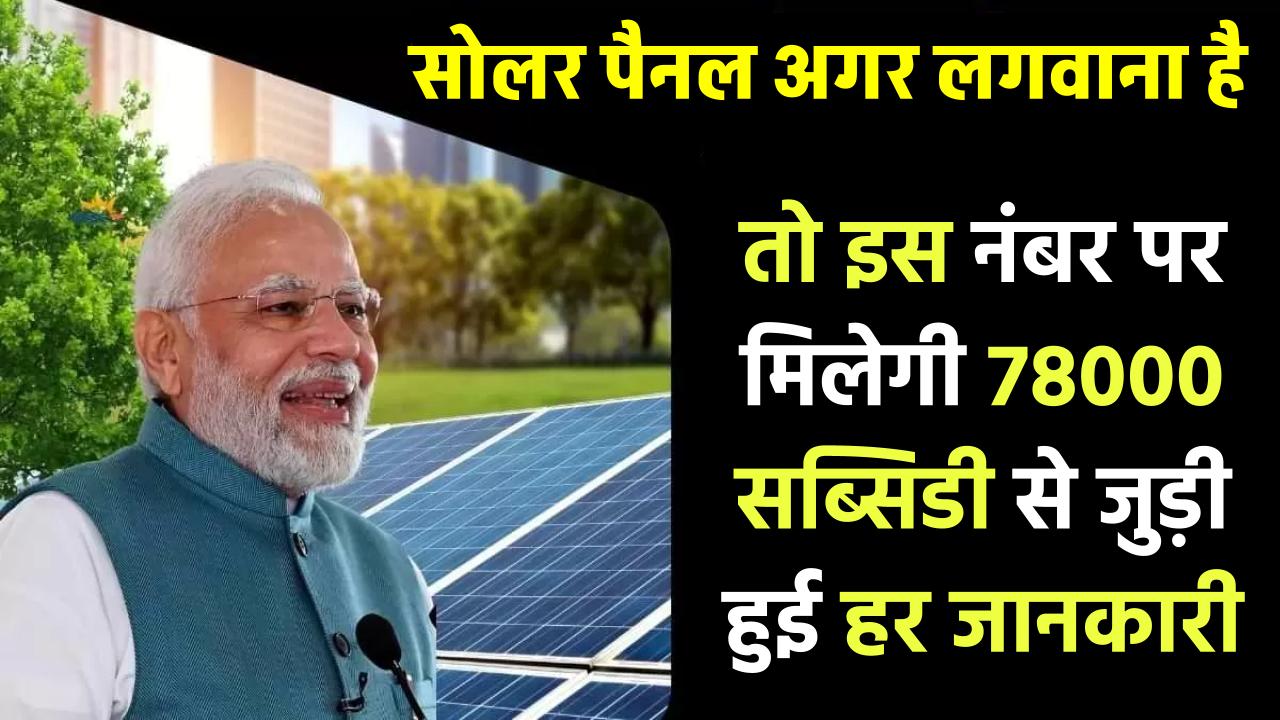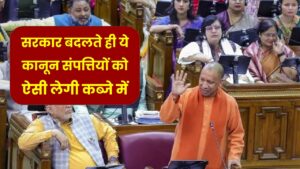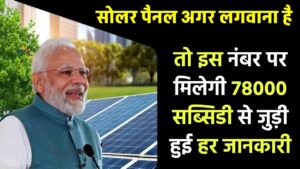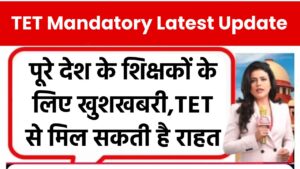
S&P Global Ratings has retained its projection for India’s GDP growth at 6.5 percent for the fiscal year 2025-26, citing strong domestic demand, steady government investment, and easing inflationary pressures. The forecast suggests confidence in the Indian economy’s resilience, even as global trade risks and rising tariffs weigh on export prospects.
Why S&P Maintained Its Forecast
S&P’s latest update highlights that India’s economic expansion is being sustained by robust household consumption and public investment. According to the agency, a favourable monsoon, recent tax reforms, and the government’s infrastructure spending programme are expected to support domestic momentum.
The agency also revised down its inflation forecast to 3.2 percent for FY26, noting a sharper-than-anticipated decline in food prices. “A cooling of food inflation has opened the door for monetary policy easing,” S&P stated, adding that it expects the Reserve Bank of India (RBI) to deliver a 25 basis-point rate cut during the fiscal year.
The Role of Domestic Demand
Consumption and Investment
Household spending continues to be a stabilising force in India’s economy, supported by government incentives and income tax relief. Public investment in infrastructure, particularly in transport and energy, is playing a central role in driving growth.
Agricultural Outlook
The report noted that a benign monsoon is expected to boost agricultural production, helping rural incomes and supporting consumption demand in semi-urban and rural areas. However, it also warned that climate variability could disrupt this assumption.
External Pressures Could Limit Upside
While India’s domestic economy remains strong, S&P cautioned that external risks pose a challenge. The rise in U.S. tariffs and a slowdown in global demand are expected to affect India’s export growth. “India may be more exposed to tariff-related pressures than previously anticipated,” the agency observed.
Analysts also flagged that private sector investment remains relatively sluggish. “The growth model is still heavily reliant on public spending. Without a stronger pick-up in private capital formation, the momentum may be uneven,” said Rajeswari Sengupta, associate professor of economics at the Indira Gandhi Institute of Development Research.
Inflation Trends and Monetary Policy
S&P’s downward revision of inflation expectations provides a critical cushion for the RBI. With inflation projected well within the central bank’s 2–6 percent target band, policymakers may gain room to stimulate growth through gradual rate cuts.
However, experts remain cautious. “Food inflation is notoriously volatile. A sudden supply-side shock could reverse the current trend and complicate monetary policy decisions,” said Sonal Varma, chief economist for India at Nomura.
How India Compares Internationally
India’s growth outlook of 6.5 percent places it among the fastest-growing major economies. The Organisation for Economic Co-operation and Development (OECD) recently projected India’s FY26 growth at 6.7 percent, slightly above S&P’s forecast. By comparison, the International Monetary Fund (IMF) projects global growth at about 3 percent for the same period.
Foreign investors are also signalling confidence. In September, HSBC upgraded India to “Overweight,” predicting the BSE Sensex could rally to 94,000 points by the end of 2026.
Outlook and Key Indicators to Watch
Analysts suggest monitoring several factors over the coming months:
- RBI’s rate decisions and their effect on credit growth.
- Private sector capital expenditure, particularly in manufacturing and technology.
- Export performance in light of tariff-related uncertainties.
- Agricultural output and rural consumption trends.
- Global oil prices, which remain a major variable for India’s import bill and inflation trajectory.
Conclusion
S&P’s decision to hold India’s GDP growth forecast at 6.5 percent reflects confidence in the country’s domestic demand and policy framework. While external risks persist, particularly from global trade tensions, India’s growth trajectory remains one of the strongest among major economies. The coming year will test whether private investment and exports can complement government spending to secure sustained expansion.

